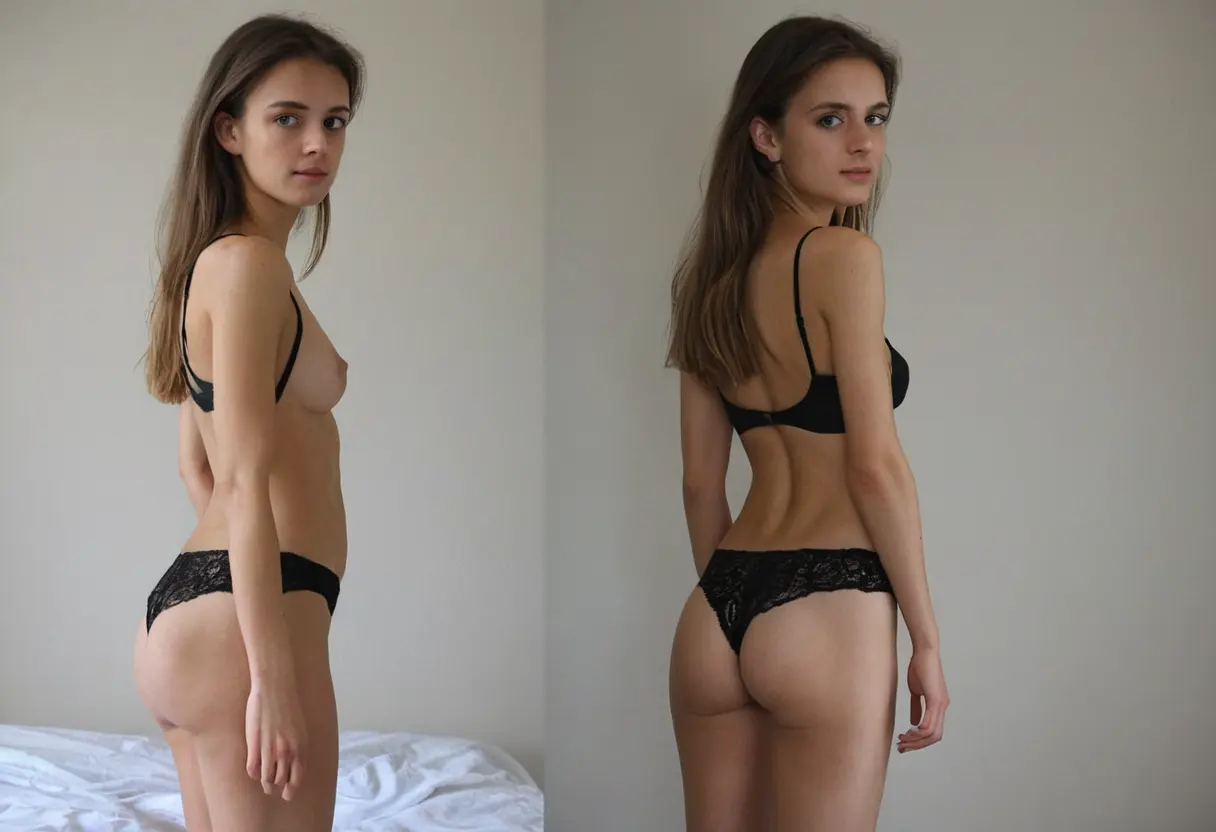In recent years, the intersection of artificial intelligence and image manipulation has become a hot topic in various online communities. One of the controversial trends that has emerged involves AI-generated nude images, which are typically referred to as "AI nudes." This trend has garnered significant attention, especially in relation to figures such as Alina Habba, a prominent personality who has become linked with such content in discussions. However, this phenomenon has raised concerns regarding privacy, ethics, and digital manipulation. In light of these concerns, a new tool called UndressAITool has emerged as a more responsible and ethical alternative. In this article, we will explore the concept of AI nudes, the controversy surrounding figures like Alina Habba, and how UndressAITool provides a safer and more controlled environment for users interested in this type of technology.
The concept of AI-generated nude images, often referred to as "AI nudes," involves the use of machine learning algorithms to create images of individuals in various states of undress. These images are typically generated using publicly available photos and the powerful capabilities of AI software. In the case of public figures, such as Alina Habba, there has been a growing interest in AI-generated representations of them. However, these creations are not only controversial but also raise significant ethical issues, particularly when they involve real individuals without their consent.

For example, Alina Habba, a well-known lawyer and media personality, has been a subject of public discourse in relation to AI nudes, despite the fact that there is no legitimate reason or consent behind the creation of such content. This has sparked conversations around the boundaries of AI technology and the importance of respecting privacy and personal boundaries in the digital age.

The creation and sharing of AI-generated nude images, especially without consent, has sparked a wave of ethical concerns. While AI can be a tool for artistic expression or innovation, its misuse in this context has far-reaching implications. Individuals like Alina Habba, whose likeness can be digitally altered and misrepresented, highlight the vulnerabilities that come with the use of this technology.

Some of the primary ethical dilemmas include:
In response to these ethical challenges, there is an increasing demand for AI tools that are more responsible and offer features that protect users from abuse. This is where UndressAITool comes into play.
UndressAITool has been developed as an ethical and responsible alternative to the controversial AI nude trend. Unlike other tools that may focus on creating or enhancing explicit content, UndressAITool is designed with privacy and consent in mind. The tool offers users the ability to experiment with virtual clothing removal, but it does so within a framework that emphasizes user control, respect for privacy, and digital boundaries.
Some of the key features of UndressAITool include:
While there are various AI tools available on the market that generate altered images, UndressAITool stands out for its commitment to ethical considerations. In an environment where AI-generated content can be easily misused, it is crucial to choose a platform that prioritizes the well-being of individuals and the protection of their likenesses.
Here are a few reasons why users should choose UndressAITool over other alternatives:
As artificial intelligence continues to evolve, so too do the challenges and opportunities that come with it. While AI-generated nudes have become a point of contention, tools like UndressAITool are helping to reshape the conversation by providing a safer and more ethical approach to digital content creation. By focusing on user consent, privacy, and responsible design, UndressAITool offers a promising solution to the ethical dilemmas posed by AI-generated imagery. Whether you're interested in experimenting with AI technology or are simply looking for a safer alternative to existing tools, UndressAITool provides a balanced, thoughtful approach to this rapidly evolving field.